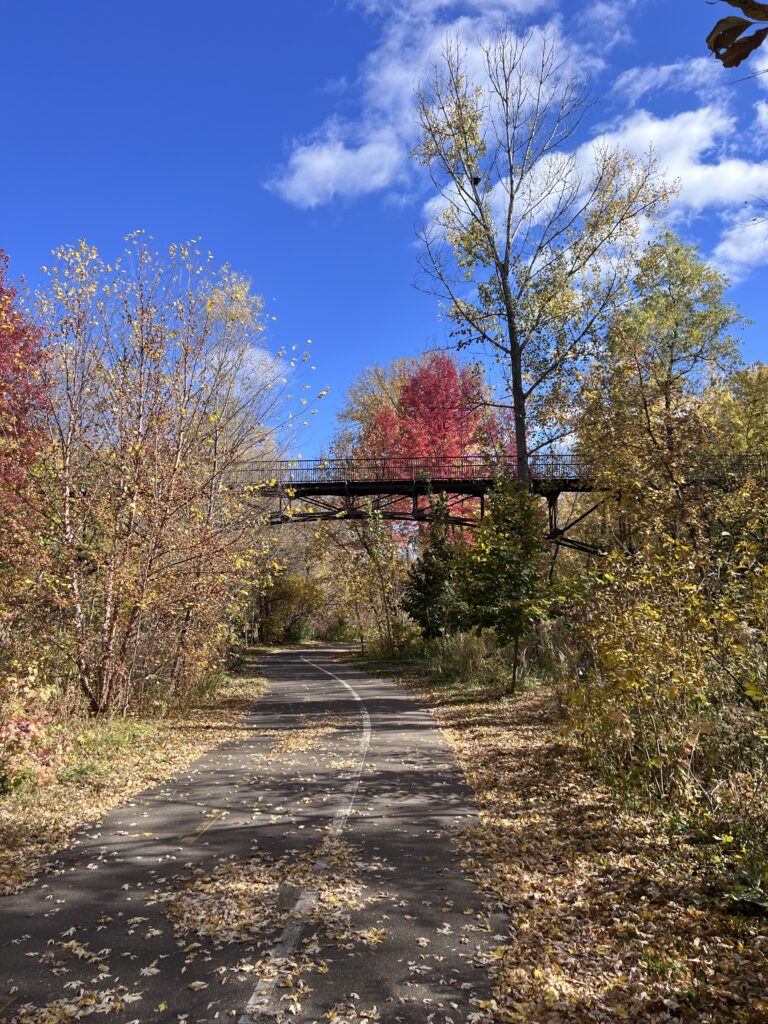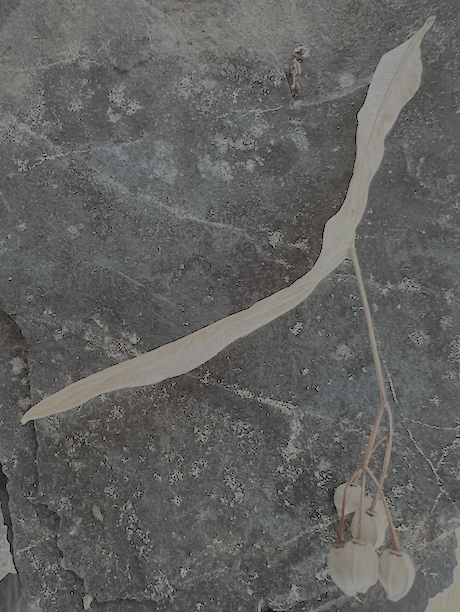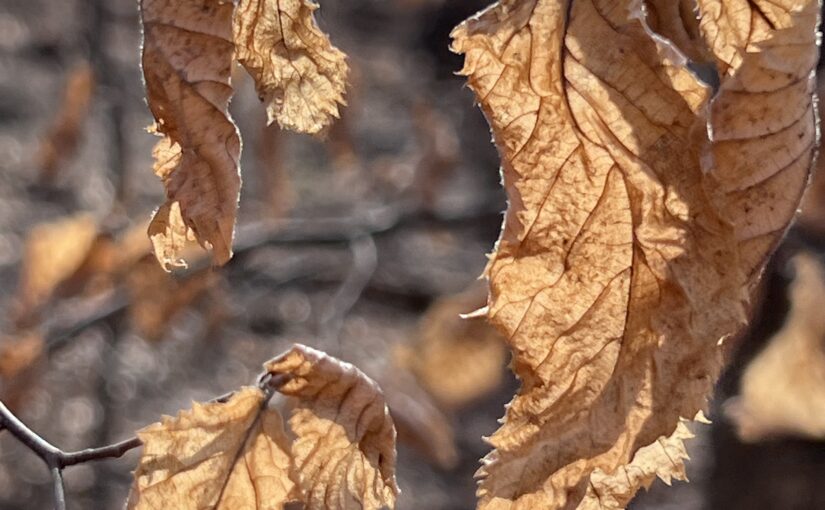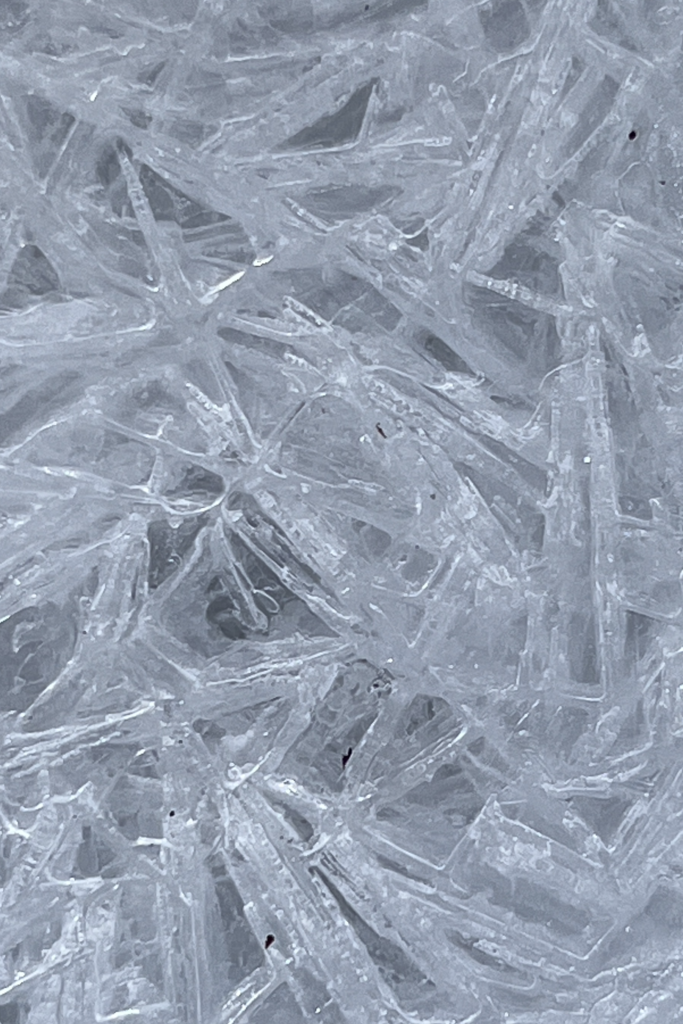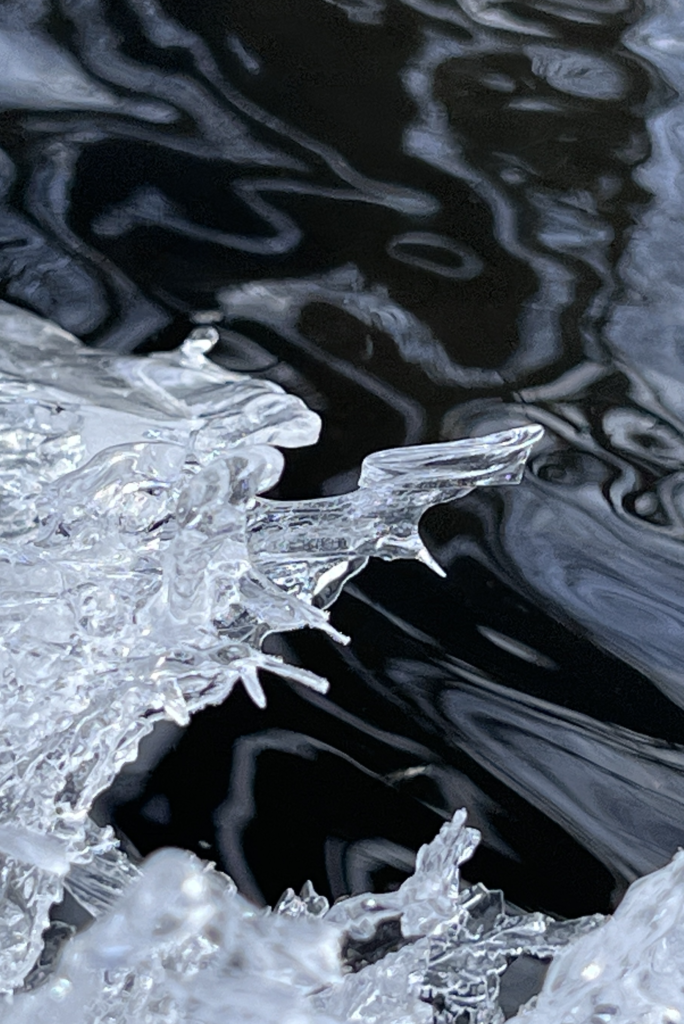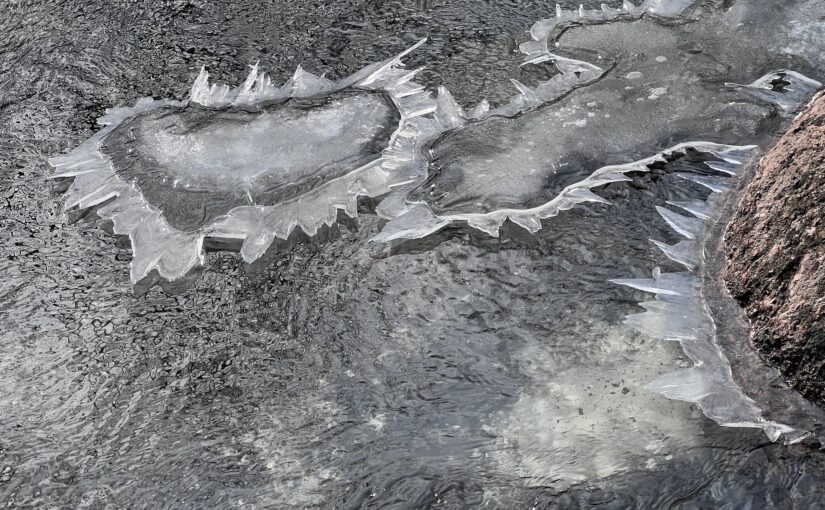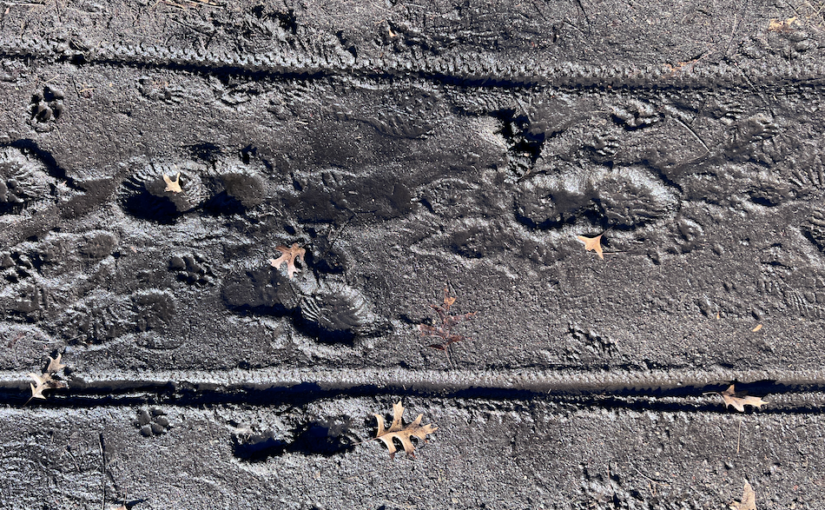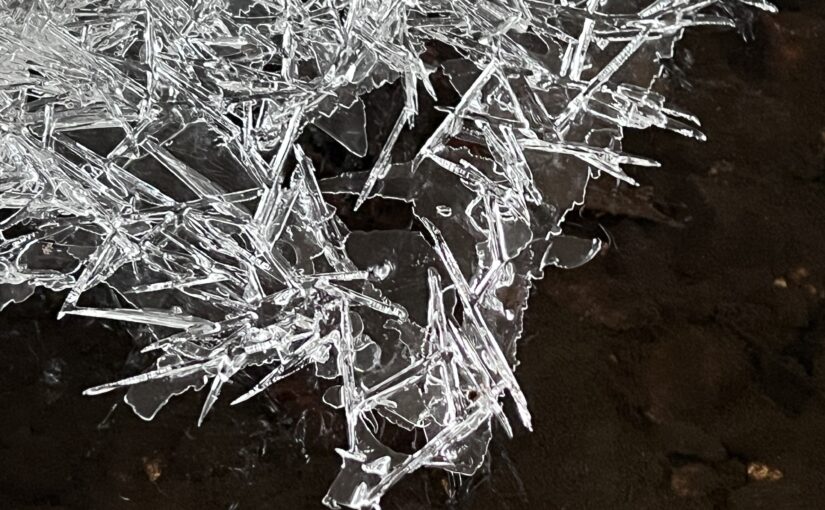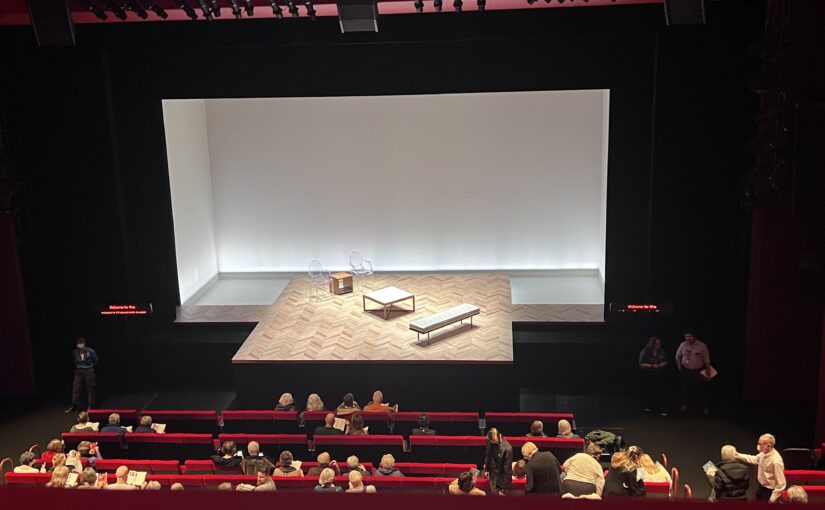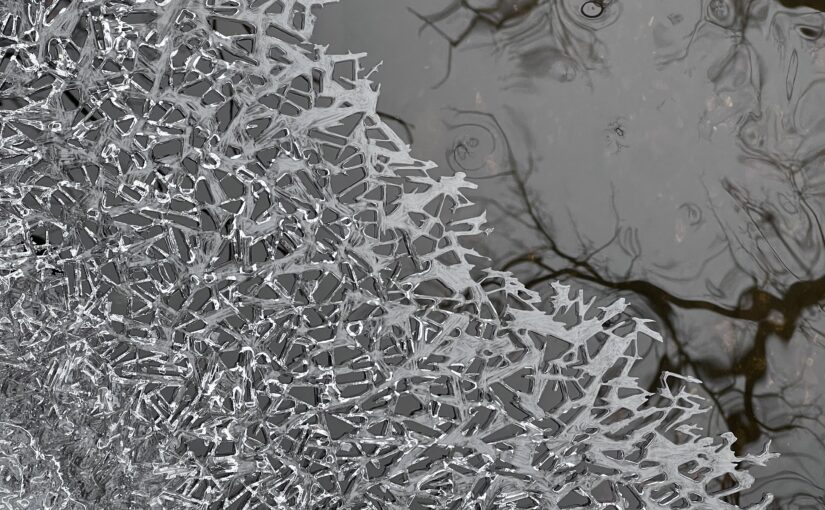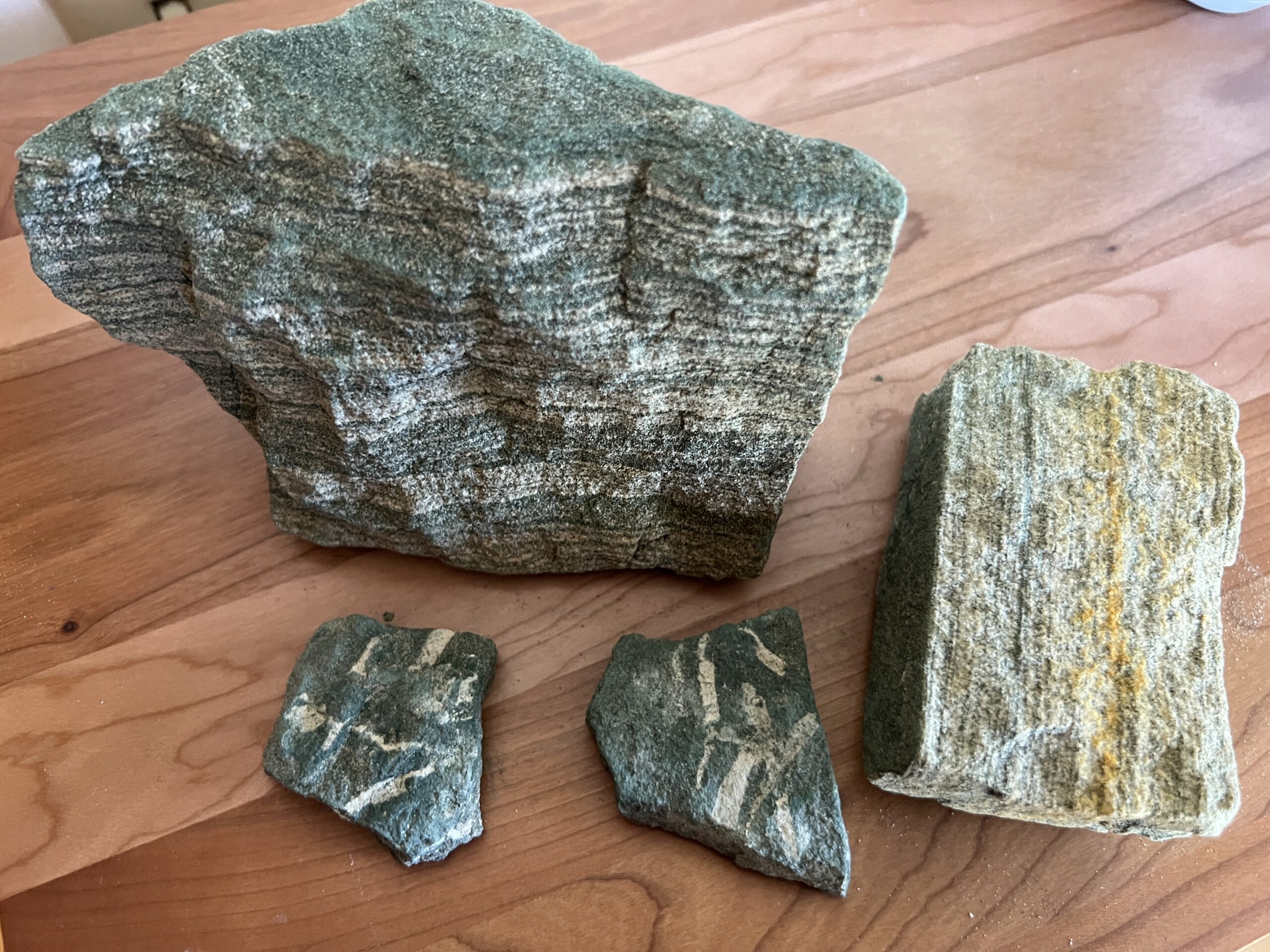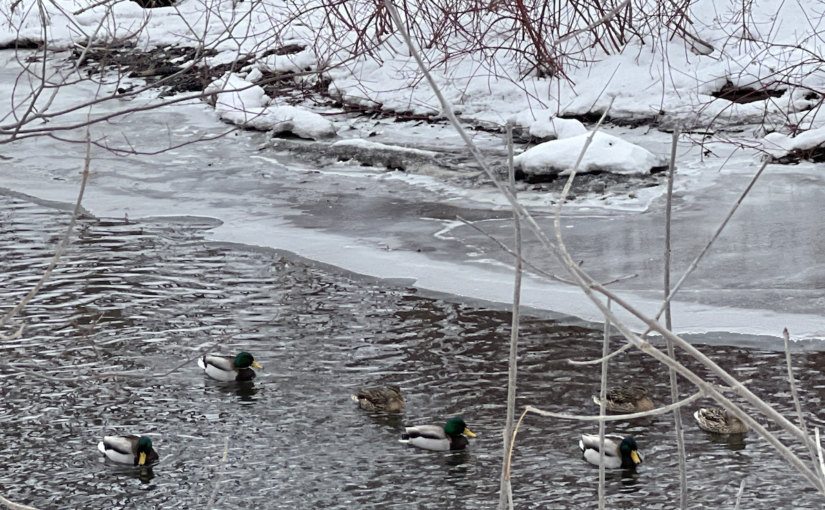I keep notes on most things I read in my Notes blog — but most of these notes are for my own use, and are not particularly readable for whoever is happening along. However, buried among the notes entry are occasional reviews, or at least more compact and accessible descriptions. Here are three from the last few months.
G. K. Chesterton, The Napoleon of Notting Hill
Most recently I read G.K. Chesterton’s novel, The Napoleon of Nottingham Hill. I didn’t care for it that much, but this brief piece provides an introduction to it, and contrasts it with The Man who was Thursday, which I loved. For more, see my Notes blog: The Napoleon of Nottingham Hill, G. K. Chesterton
Helen Macdonald, Vesper Flights
I picked up Vesper Flights, by Helen Macdonald, about a year ago at the recommendation of Dan Russell. In terms of single-author essay collections, I’ve liked this more than anything I’ve read in years, perhaps with the exception of Loren Eisley’s essays. Regardless, Macdonald is a superb writer, and in particular her descriptions of the natural world are remarkable. I intend to seek out her other books.
I like, as well, her view of what literature ought to do:
What science does is what I would like more literature to do too: show us that we are living in an exquisitely complicated world that is not all about us.
— Helen Macdonald, Vesper Flights. p. ix
My favorite essays were as follows:
- 2. Nothing Like a Pig
- 9. Ants
- 10. Symptomatic
- 12. Winter Woods
- 18. Deer in the Headlights
- 35 Eulogy
- 38. Dispatches from the Valley
For those interested in more, this post in my Notes blog provides summaries of most essays, along with particularly delicious selections of her text.
Guy Deutscher, Through the Language Glass…
This is an excellent book; interesting well-documented science, and some beautiful and erudite writing as well. The basic argument — that grammar determines what must be specified, rather than what can be specified, and in that manner instills certain habits of mind that effect how people see the world — seems correct. I think it does not live up to its subtitle: Why the World Looks Different in Other Languages.
Perhaps the most interesting and fun part of the book was to be introduced to languages that work very differently from English: The Mates language (in Peru) that requires speakers to specify whether the fact they report is based on personal observation, indirect evidence, or hearsay; and the Australian language that has no egocentric prepositions, but requires all positional information to be reported in terms of the cardinal directions, thus requiring their speakers to always be oriented.
This book was a pleasure to read. I plan to seek out other work by this writer.
For more on this book, see its entry in my Notes blog.
Views: 4

